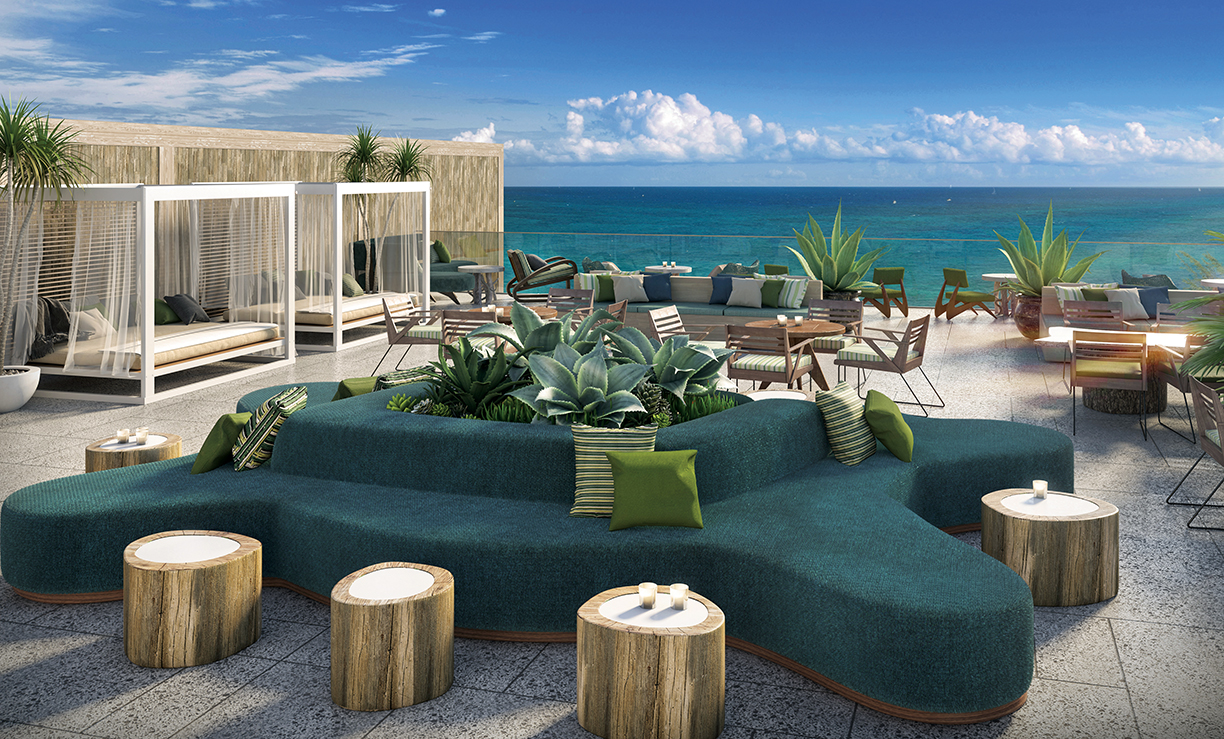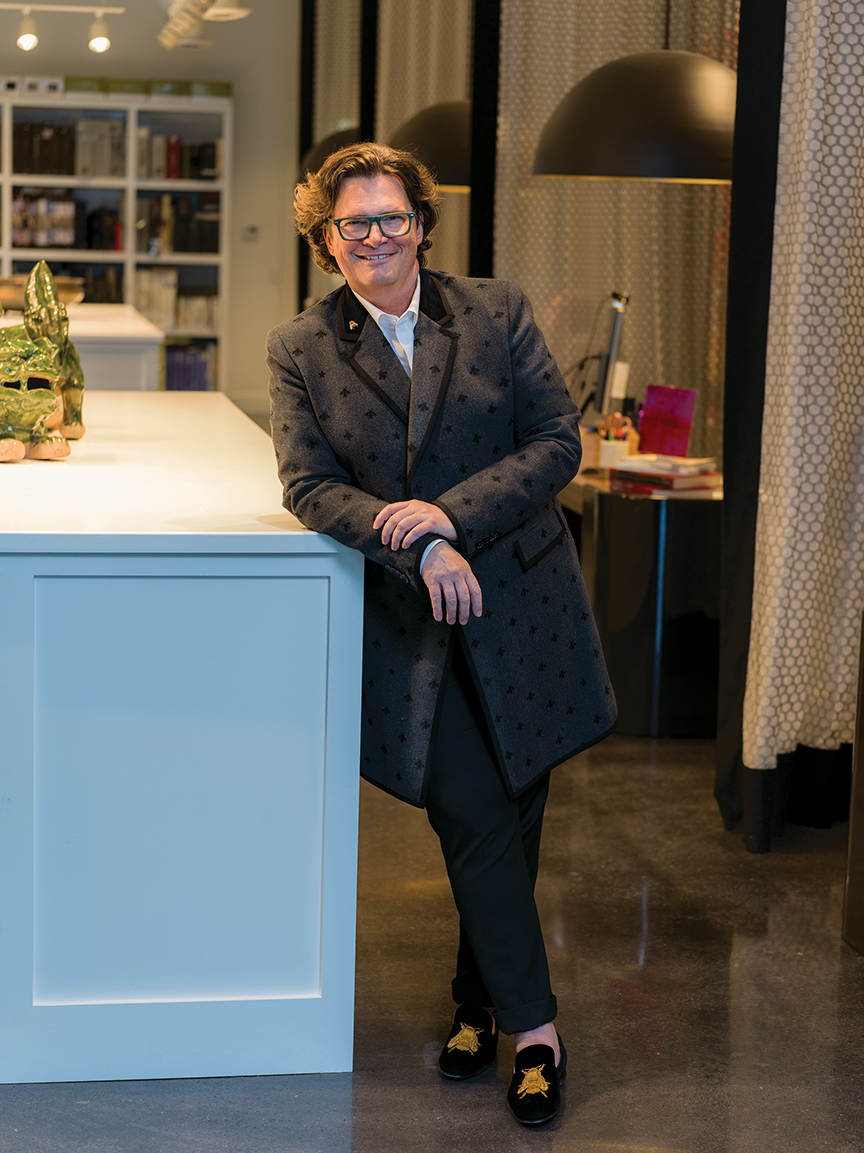
Photos by Mark Jackson/CHROMA Photography.
Designer Chris Goddard grew up in Arkansas in a house full of built-in furniture. As his love for design started early in life, he says this situation “drove me nuts.” Now, as the principal founder of Goddard Design Group, he credits these hurdles, as well as the creative nurturing of his family, for his love of change, which continues to inspire every facet of his work.
It was the need to produce something new every time, and the drive to push himself past his own creative limits, that helped Goddard become a finalist on the most recent season of HGTV’s Design Star: Next Gen.
We spoke with Goddard about his whirlwind experience of creating interior design for TV, and how his reality TV appearance inspired an even deeper love for design than he’d had in 30-plus years.
For those who haven’t watched the latest season of Design Star, can you relay to audiences your method of design?
I’m a big proponent of change, if you’re doing the same thing you did 3 years ago you’re doing something wrong. I never do the same thing twice, so in 30 years we’ve never used the same fabric twice, the same piece of furniture twice — it’s kind of my trademark. I don’t want anybody to have something somebody else has.
What has been your biggest inspiration, since you were young, to work in such a creative field?
I grew up in a very creative family, always surrounded by creativity and the arts. My family, especially my mother and my grandmother, were big on travel and exposing me to as much as possible. So I traveled a lot and spent a lot of time in museums. They would always take me out of school for weeks at a time; they always said ‘the best education was travel and experiencing things.’ I grew up a little globe-trotting kid, seeing the world, which was wonderful and super inspiring.
You received both design and business degrees in college. Have you found this type of structured education helpful as well?
I’ve found that having a business degree really makes a huge difference. Most designers are creative but can’t always run a business, and I’ve been able to strike a good balance. That’s not to say I haven’t ever screwed up — we all have — but those are called learning experiences.
You mentioned loving to travel, what’s one of your favorite places to visit?
One of my favorite places is Morocco. I try and go once a year. I’m super inspired by the colors and textures, anything that’s handmade. When you have something that’s made by hand, at least one thing in your house, it gives your house a soul and gives the room a sense of place, like it’s always been there. That’s my whole deal, creating timeless rooms. I don’t want anything to look like it was stuck in time, and the key to doing that is layering in parts of the past, present and modern so you get something that never really goes out of style.
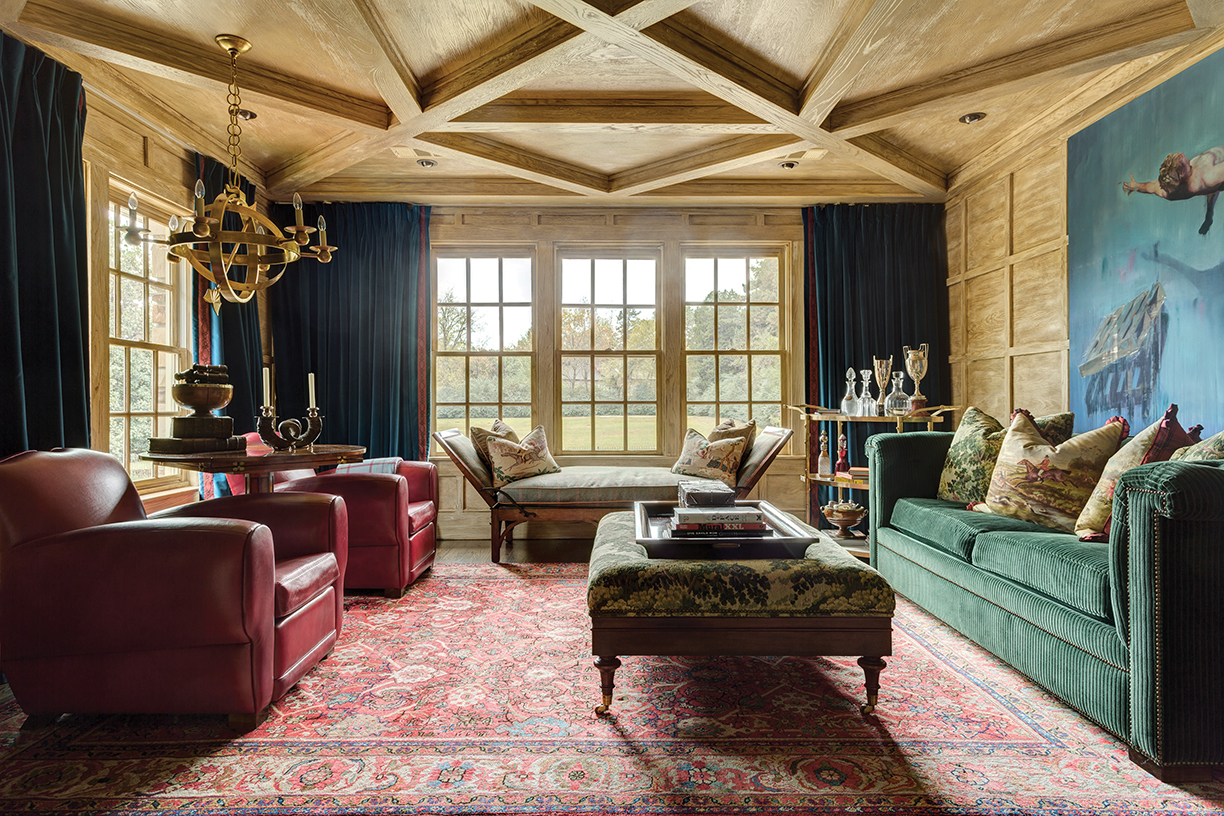
A traditional Southern estate with hints of modern elegance in Fort Smith, Arkansas.
What is your primary focus when you’re designing a space?
I’m designing for the client, or if it’s commercial, for the space. You want to create an experience that is singular to them. I think the death of most design is becoming a trend or doing anything trendy, so I always try to be very specific in what I’m doing and make sure it’s uber-tailored to the space or the client.
I think as a designer the biggest compliment I can ever get is when someone comes in and says “Oh this looks like the homeowner,” instead of “this looks like a Chris Goddard house.” The biggest compliment is that it’s a reflection of the homeowner or the space.
What was it like to be on an HGTV show? Did you enjoy your time on set?
When I started my business I taught myself how to do everything, how to put on wallpaper, how to paint — to be a good designer you have to have an understanding of all the people that work for you. I haven’t done that [in person] in over 25 years, but [on the show] it all came back to me like riding a bike. … Each episode was like a day and a half, so cranking everything out and then being judged on it was a little tricky. In our career, our clients are the judges and you kind of have an idea of what they want, but when you go into things blind, you don’t know.
For me it was more fun because I got to push myself out of my comfort zone, which I really needed. I kind of looked at the whole experience as an opportunity to reignite my passion for design. It’s easy when I get to the level I am at and get comfortable — and I think I was feeling a little comfortable — which was the reason I wanted to compete. Doing it, I came back and I couldn’t have been more excited about design than I had in my whole life. It was the best experience I could have ever had.
What lessons have you taken away from the experience?
It’s best to go with your first thoughts. If you get too much in your head, it throws off the creative process. Don’t be afraid to try anything new. The main thing [I learned], though, was to trust my gut, be authentic and keep pushing myself. And to learn something new. I learned so many new design tips, technology tips — everyone had so many things to share. It was nice to just be able to soak it all in.
How have things progressed since going back to the firm? Any big plans for the future?
I’m excited to see what happens in the next few years, as design is having a Renaissance. Right now we’re busier than ever, since people have been stuck in their homes and they see things they want to change. They want multifunctional spaces, beautiful spaces, there’s been this huge resurgence in an interest in design. The whole world is once again interested in how they live.
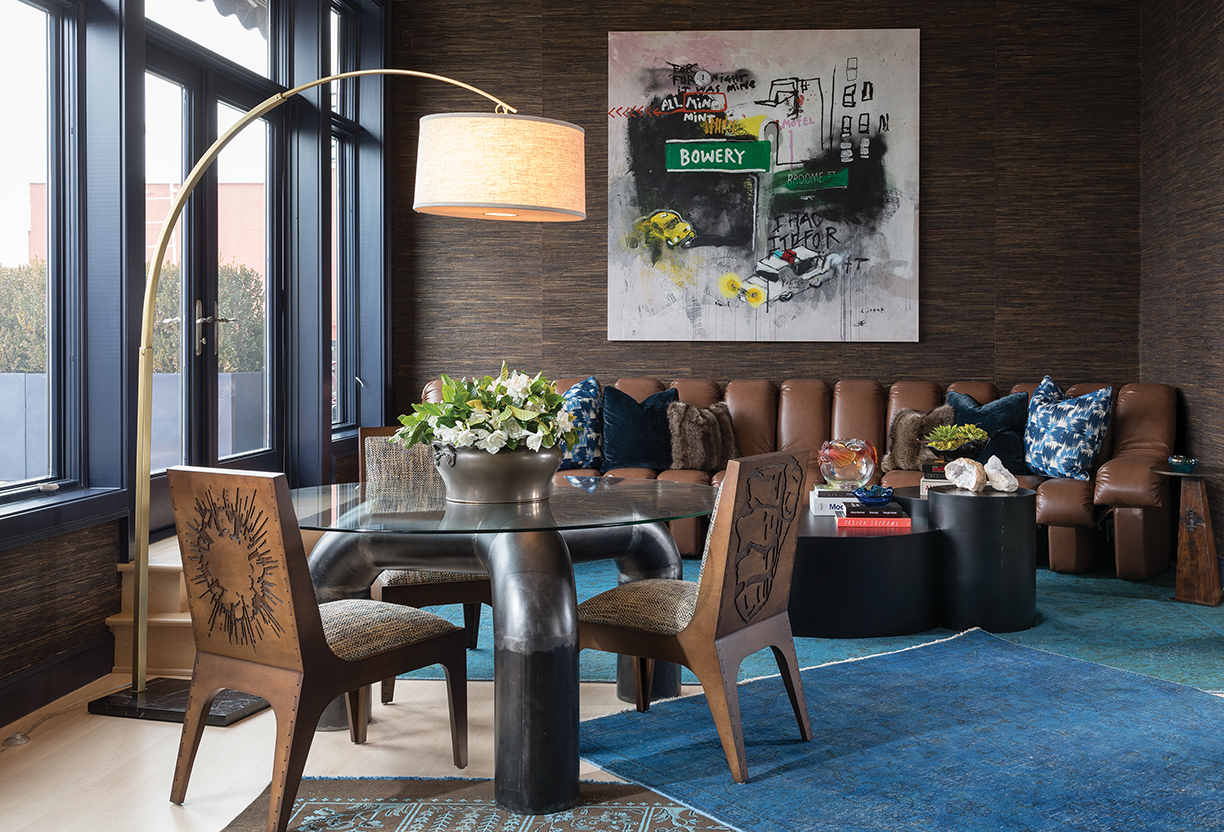
The design style of this home evolved from Spanish Mission into an eclectic mixture of modernism and neoclassical, created through thoughtfully curated collections, from vintage Chinese rugs to contemporary art.

A key component to the design of this Fayetteville penthouse was the incorporation of pieces from the client’s extensive modern art collection, seen above and below. “It was a lot of fun to pull modern furniture and art together to create a new space that still resonates our client’s unique, eclectic personality,” according to Goddard Design Group.
Top photo by Rett Peek Photography.
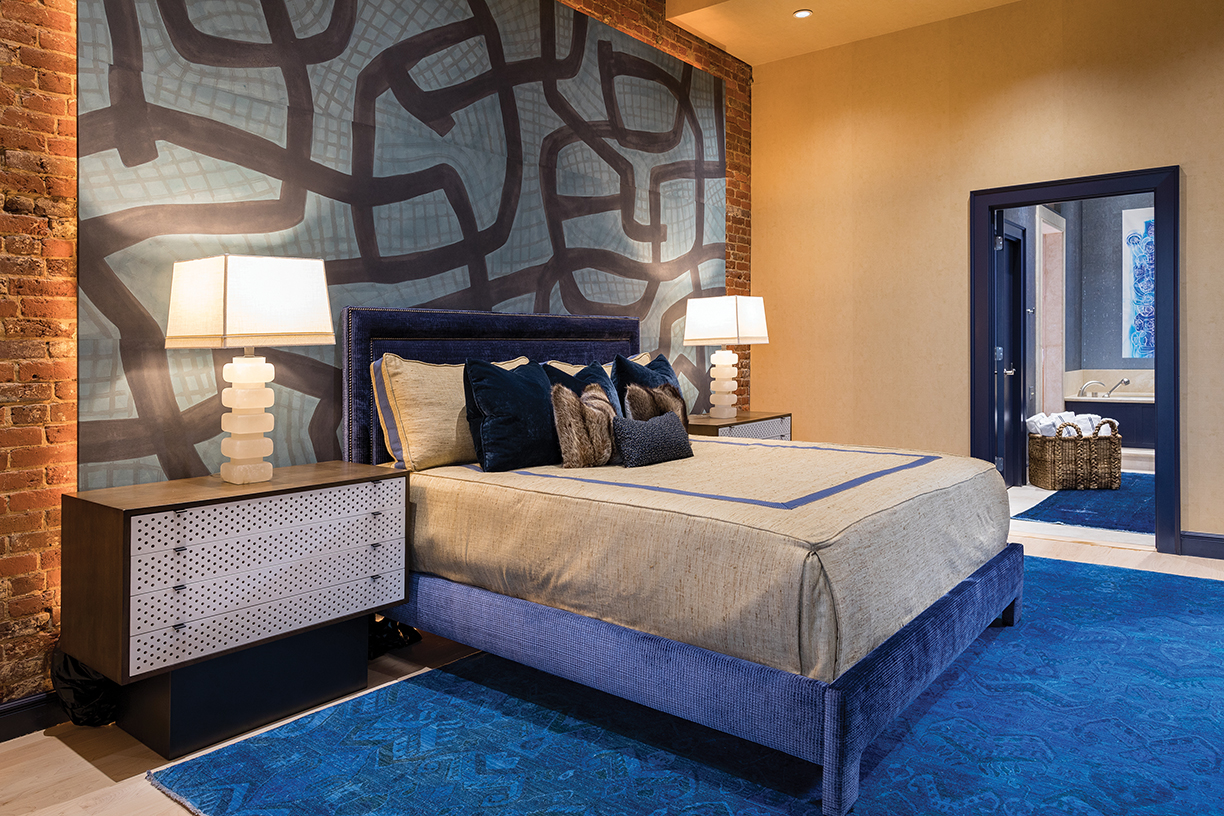
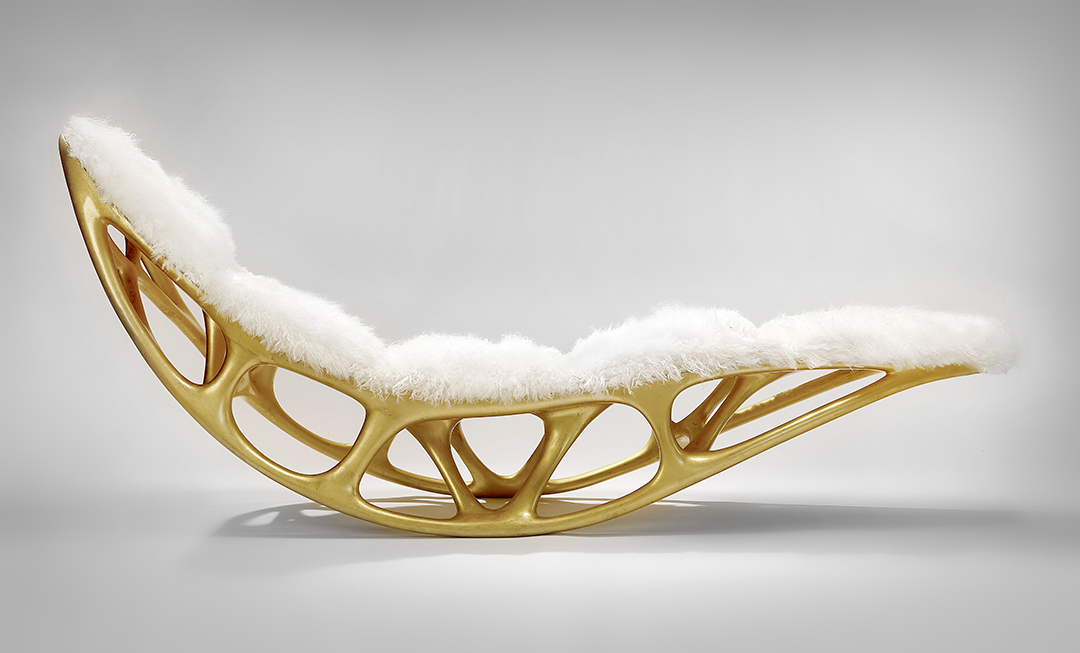
Being trained originally as an architect in Germany and London and having worked with one of the most iconic architects of the 20th century, Zaha Hadid, designer Timothy Schreiber reached what he calls “the center of the universe” in terms of digital design and technology very early on in his career. Though highly driven by today’s advancements in digital technology, Schreiber discusses how his designs are actually the outcome of a wide assortment of influences, even more traditional practices such as cabinet making and woodworking.
What about this particular version of design is most attractive to you, and to others?
I always like a new challenge and trying something completely new that nobody has done before and I hope others will also enjoy the freshness and new-craft aspect of my work.
Where would you draw inspiration from?
For me personally, I can draw inspiration from any beautiful moment.
When I walk through Kyoto I might have some great ideas by looking at the beautifully dressed locals and the amazing scenery and traditional architecture.
When I see the sunset behind the Diamond Head in Hawaii while swimming in the pacific I might have some new amazing ideas for colors, moods or shapes.
While I am walking up Montmartre in Paris some great eclectic ideas might come up while I stroll a secondhand market and see a broad mix of items from different eras like Beaux Arts, Art Deco or Art Nouveau.
How do you think the presence of digital tools/technology has changed design over the past few decades? How do you use these tools in your own work?
Whilst in the design department of Zaha Hadid, I realized that, although the latest digital design tools might be used there, without a fundamental understanding of traditional craft it’s actually extremely difficult to achieve perfection in object or furniture design. … I am hoping I can push the symbiosis of traditional and digital design and making process to the next level. However, the most important aspect of my work will always be the focus on traditional craft.
What do you think you try to achieve through your collection/these pieces, i.e. what is the goal when it comes to your work?
I am aiming to push the boundaries in terms of what is possible and in terms of what hasn’t been done before, whilst combining new and old crafts. I like to work in many different materials, metal, glass, wood, fur, etc.
Sometimes, during my travels I find interesting traditional crafts and technologies. For example while I was living in China I got introduced to traditional Chinese Glass casting. The projects that were done with this technology were mainly traditional glass statues and figurines… After a lengthy process of experiments and tests we were able to push the boundaries here and make a piece of cast glass furniture which was almost twice the size that any other object that was previously cast there.
What do you think are some key things to remember when outfitting a home?
God is in the details.
Does your mind focus on a specific space in a home or space when you design, or on something else?
I was trained in multiple disciplines, cabinet making, architecture and interior design. My first 3 years in architecture college I spent at Bauhaus University in Germany. … I like to always focus on all spaces and all aspects of the design, from concept to detail, and I equally enjoy dealing with all spaces and aspects of the current job.
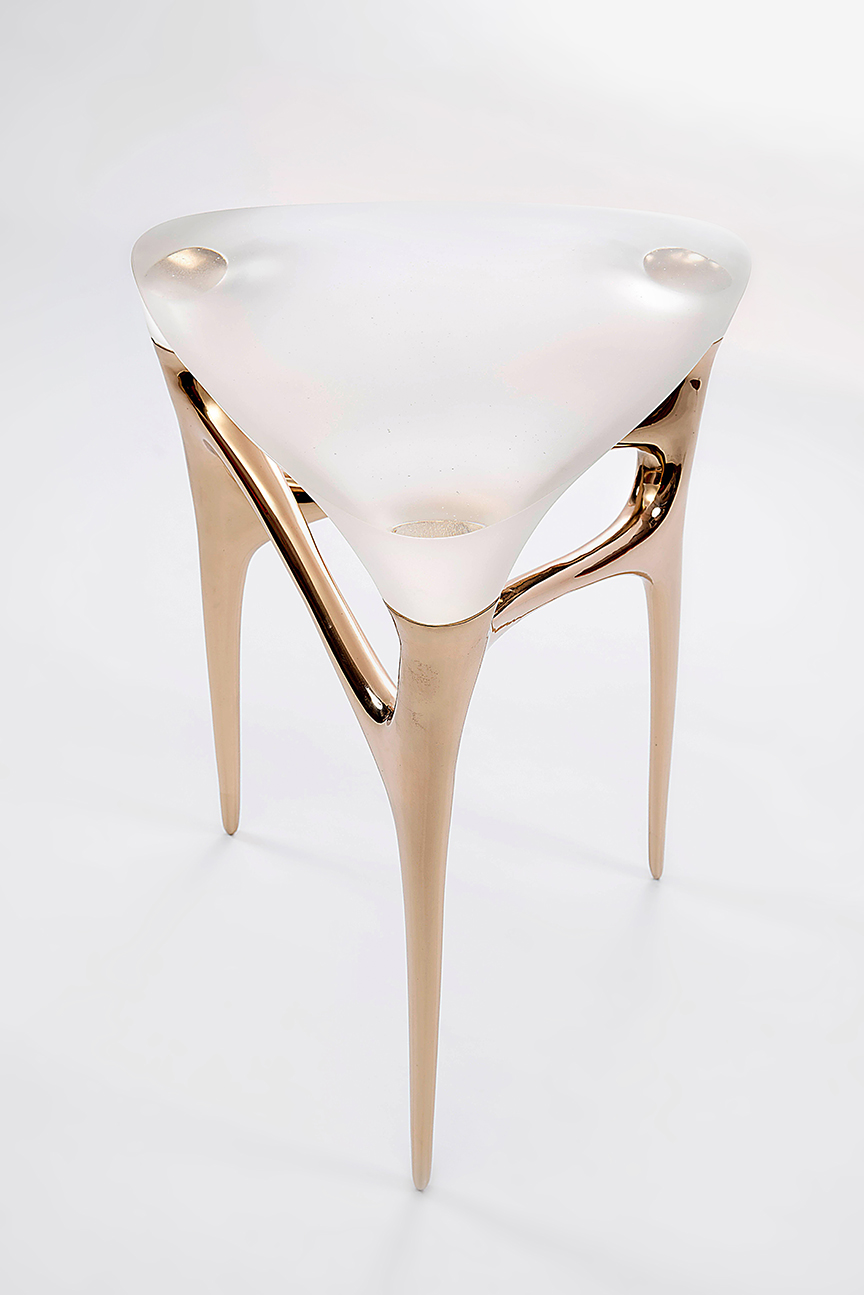
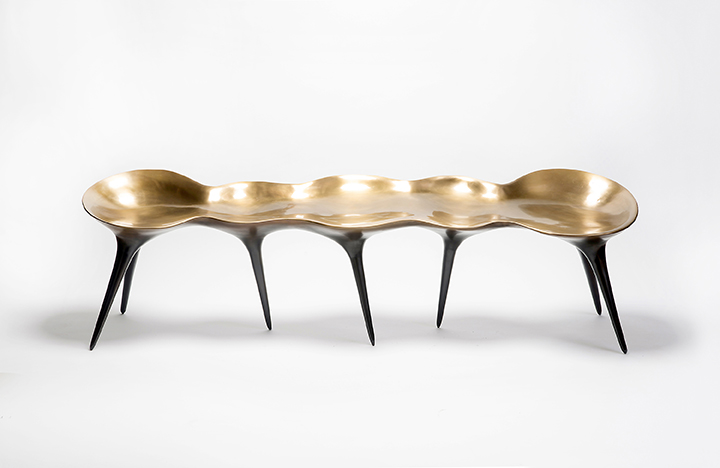
All photos by KeneK Photography, courtesy of Wexler Gallery.
From screenwriter to actress and model, Meridith Baer never imagined becoming a businessperson, let alone the founder of a leading home staging company at age 50. Now, with offices in Los Angeles, New York, San Francisco and Miami, Meridith Baer Home has flourished into a lifestyle brand that does more than just increase a home’s value.
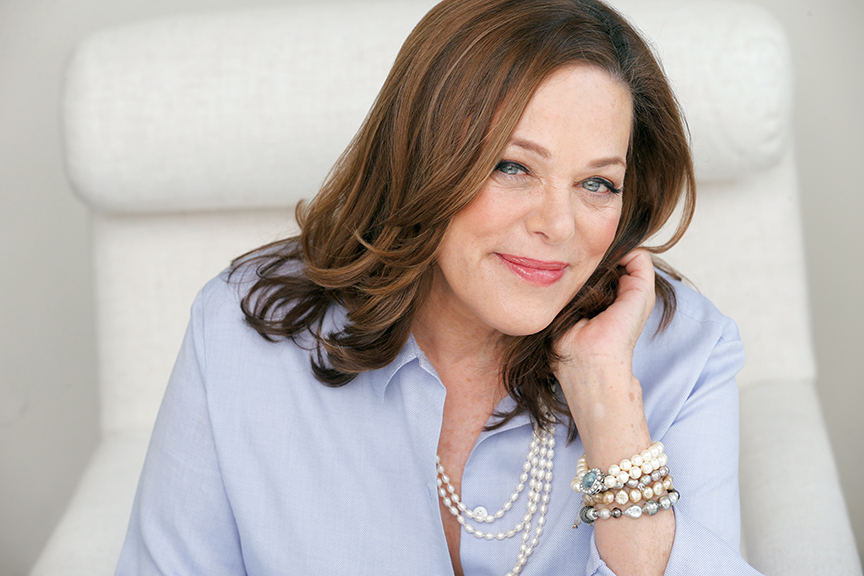
Photo courtesy of Meridith Baer Home.
What brought you to design?
As a kid I loved rearranging furniture and my mom let me. She bought and flipped mansions in the Midwest and she would take my advice on what to buy or how to arrange. My apartments always looked great with inexpensive finds and friends often asked me to help them pull their places together, which I did gladly.
How does design make you happy?
When I wrote scripts, it was hard to feel realized. So many people get their fingerprints all over what you’re doing and a project can go on for years and may still never get made … or not get made in a way I saw it. But I can stage a home in a matter of days and have a sense of satisfaction and fulfillment.
What is your favorite room or type of home to stage, if there is one, and why?
All homes present a unique challenge. Making older homes fresh and young is very satisfying. Personally, I love doing modern homes with a mix of styles, even throwing in a bit of neoclassical here and there.
Are there any activities outside of work that help inspire your work? Any that help you escape?
Travel is a great inspiration. I always come home with new ideas. I read every home magazine I can get my hands on. The only way I get away from work is Sudoku. It doesn’t inspire me, but it is all about bringing order … which, in part, is what design does.
What influence, if any, do you get from where you live?
Living in Los Angeles, I spent a lot of time outside and it is very important to me to bring the outside in and the inside out. Growing up, I spent a lot of time at the family ranch, so I like to include rustic elements in my designs.
Is there a specific style that you use when staging a home, or is it more particular to what the owner/seller has in mind?
What differentiates us from every other staging company is that we do enjoy doing all styles and have the inventory to do it. Before we begin, it is important that we get a clear understanding of what the broker and homeowner want, as we want to accommodate their ideas.
What is the most important element to remember to keep in any space you stage?
Everything has to look natural, easy and comfortable. Our job is to show the lifestyle one can have when they buy this home.
What colors, styles, and/or themes do you like to play with the most? The least?
I like backgrounds that are white or black … then I bring in color with rugs, art and accessories. I hate when a room has only one look … like everything came from one showroom. However I like groupings of objects … either the same color, but different sizes or shapes, or a small collection arranged in an interesting way, or a single simple item. I like to tell stories with things.
Do you tend to “bring work home with you?”
I’ll ignore my home for a month or two, just live in it, then I’ll be walking by the living room, take it in with a long look, and start rearranging. Furnishings don’t need to be permanent.
What kind of design trends do you want to see in the future?
Interior design, like fashion, is always changing. For a number of years now modern has been trending. Unfortunately it has gotten fairly cookie cutter. So I would like to see more of a mix in homes … modern mixed with different periods and sensibilities.
Any projects you’re working on now, or any in mind for the future?
We’re always coming up with new designs and have begun manufacturing much of our furniture. We’re also in talks about a new television series about e-commerce and hotel design.
What advice would you give to someone going into interior design or starting his or her own firm?
Go for it!
This soothing master bedroom suite highlights striking water views with a cool, relaxing color palette and clean, transitional furnishings.
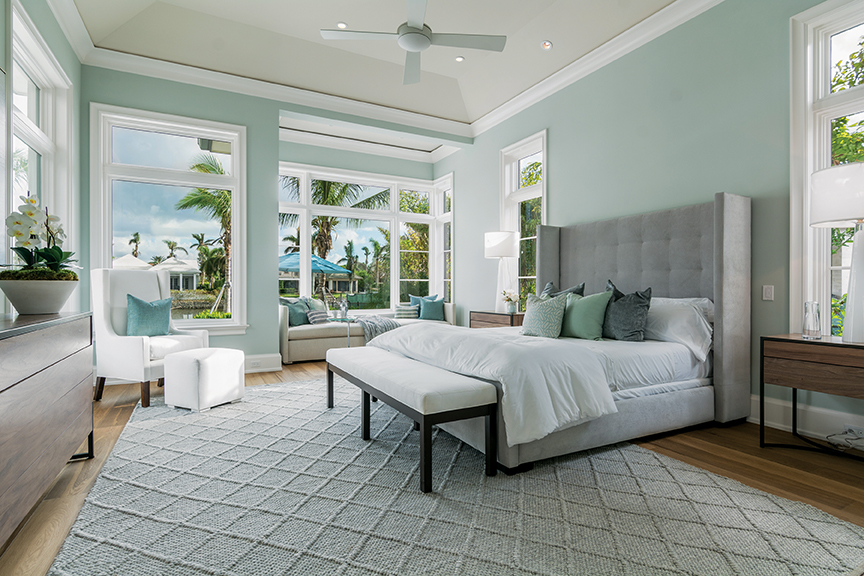
Photo by Wanderlust Photography, thewanderlustphotography.com.
Comfortable upholstered lounge seating brings the indoors outside, complementing the infinity pool.
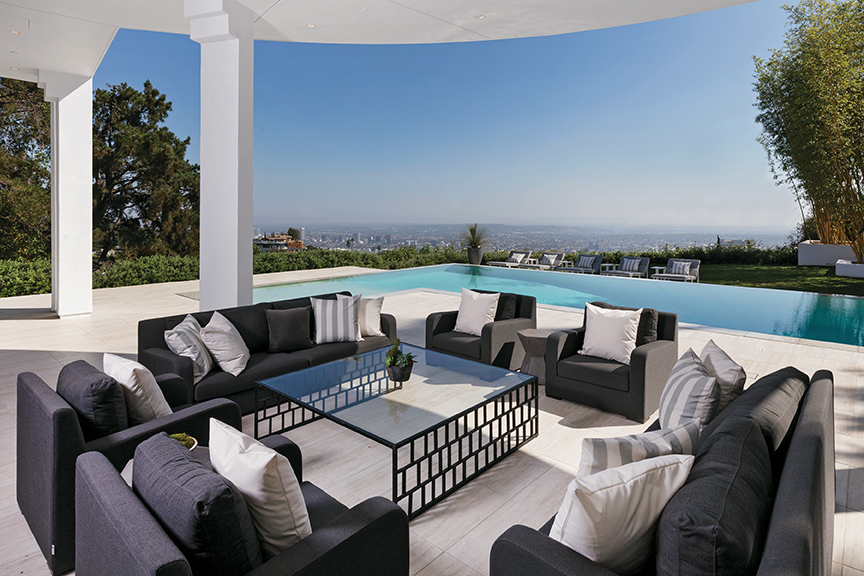
Photograph by Simon Berlyn, berlyn.net
An inviting step-down library features a muted palette and sophisticated textures.
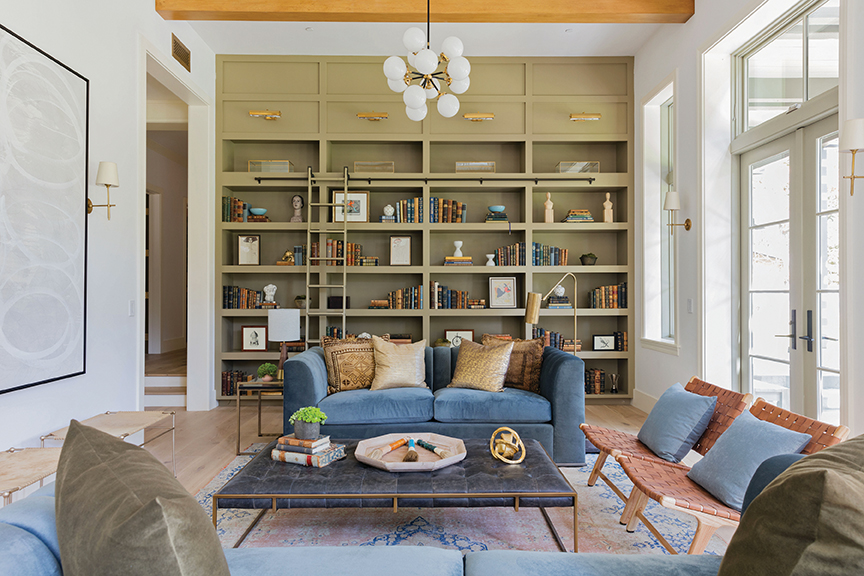
Photo by Rebecca Duke, instagram.com/rebeccamduke
This modern, double-height living area with elegant contemporary furnishings opens out to an inviting patio featuring a stunning pool and cabana.
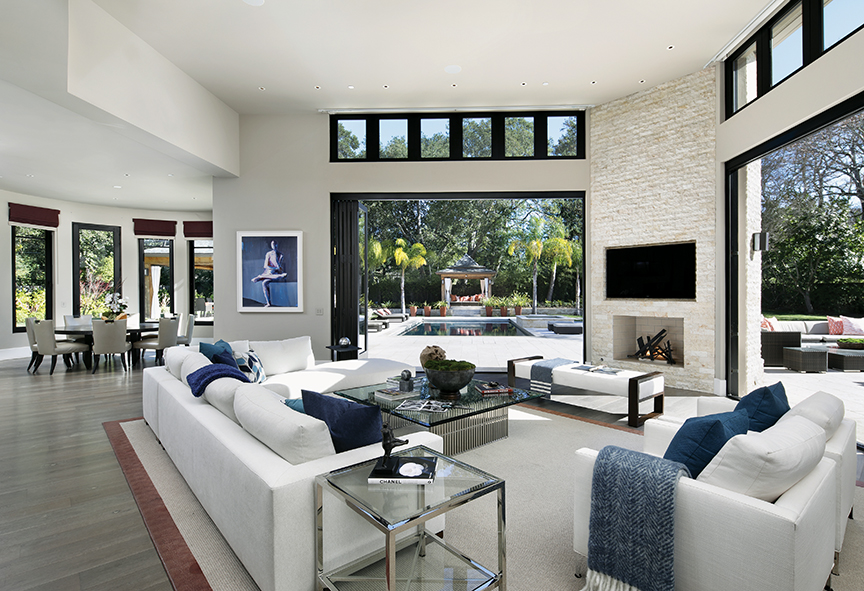
Photograph by Bernard André, bernardandre.com
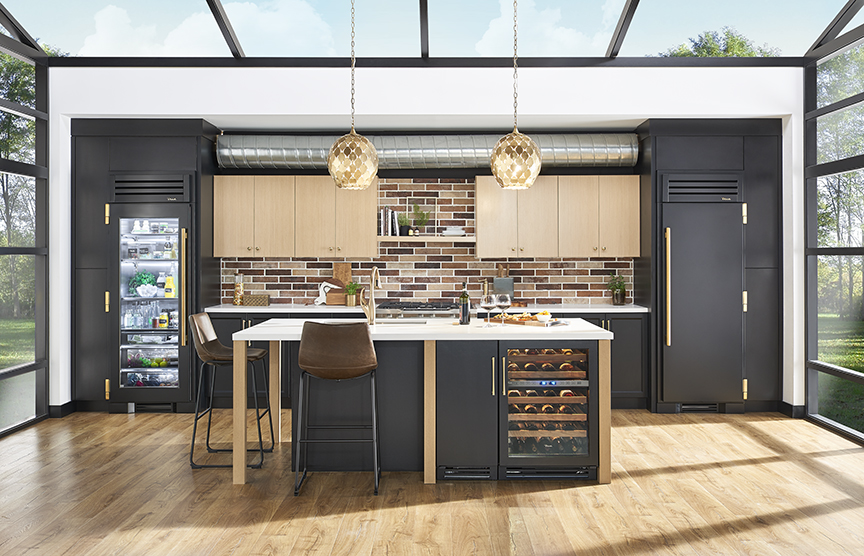
Handcrafted in America since 1945, True Residential’s commitment to American-made products goes all the way back to its beginnings as a commercial refrigeration company in St. Louis.
In today’s world, where design is specialized and unique for every home, particularly in the kitchen, the brand remains vital to the industry.
A team of designers at True Residential spoke with Unique Homes about the brand’s influence on kitchen design, both in the home and commercial spaces.
How has the appliance industry changed since True Residential began, from the early 1950s to now?
When True started in 1945, they were only selling commercial refrigeration. Throughout the ’80s and ’90s, commercial-style equipment in the home became popularized. That trend has continued to grow. Today, people have more apps and technology at their fingertips than ever before to help them cook like the pros, therefore, they’re seeking for more commercial-style equipment
True Residential has stayed true to its commercial roots providing a unique, commercially styled product that also performs like one. We are always demanding more from our appliances. True has always been at the forefront of increasing efficiency without sacrificing performance or quality. We’re proud to be an original Energy Star partner.
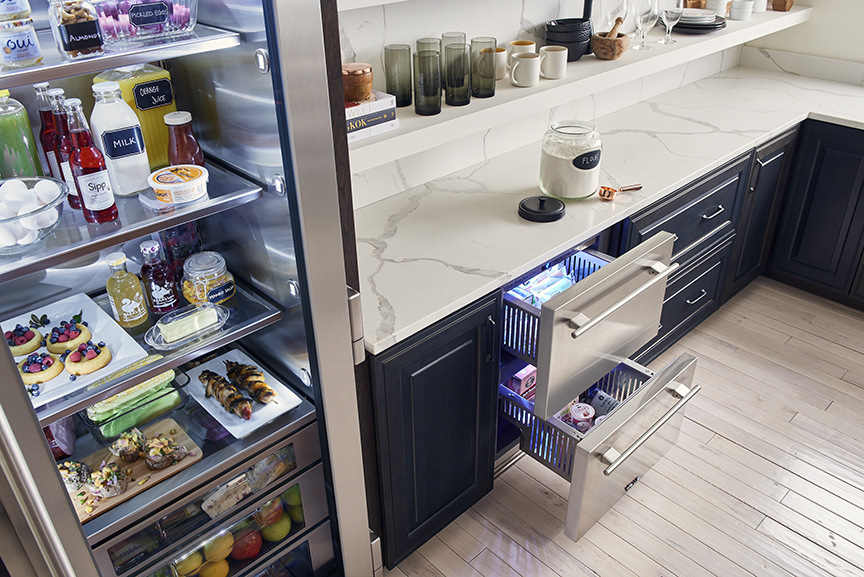
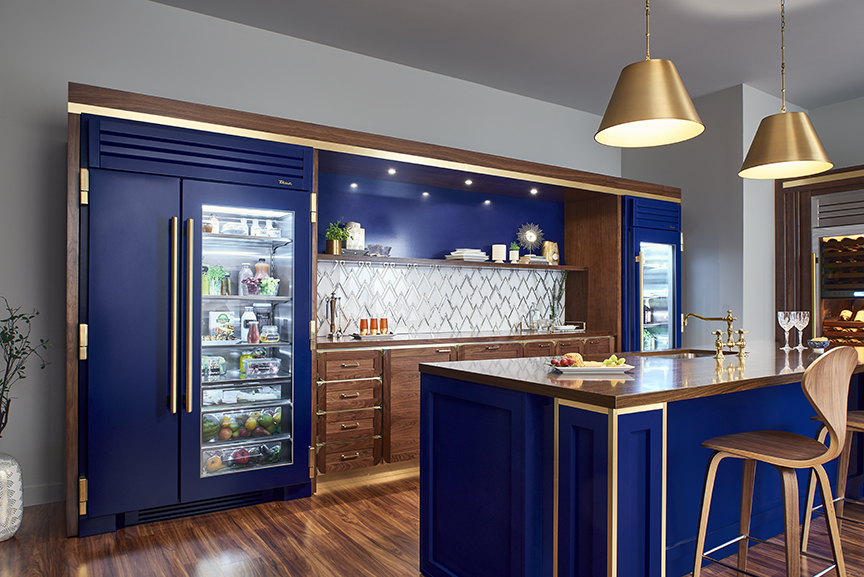
Kitchen design by Vanessa Deleon.
what is the brand's top priority with regard to design?
Providing a premium commercial-style refrigerator, both inside and out. We try to be on the forefront of trends like custom colors and various product configurations to provide truly unique options for designers, builders, specifiers, and clients.
This year we unveiled four additions to the Build Your True collection — a system that allows consumers and/or designers to choose from a variety of our products and customize them in one of our custom color and hardware finishes. To cater to the color-happy trend, we added an eye-catching cobalt blue joined by matte white and matte black finishes to round out our roster of stunning custom finishes.
what do professionals and chefs look for in appliances?
Chefs look for function above all else. We have had numerous professional chefs choose our appliances, Wylie Dufresne among them. The 42-inch fridge alone offers 24.44 cubic feet of stylish, stainless refrigeration. This detail offers chefs ample space for food storage in a hygienic environment designed to keep items fresh.
True’s cascade airflow — a system exclusive to the brand — provides consistent temperatures throughout the unit. We also outfit each refrigeration unit with incredibly sturdy drawers, offering chefs the commercial strength they rely on at work — in their own personal kitchens.
In terms of organization and style, our refrigeration units come with streamlined handles, TruLumina lighting, steel-encapsulated glass shelves, and 36 color combinations for designers and homeowners to choose from.
And while all the appliances we offer are energy efficient and designed with function and form in mind, we have the highest-performing, most energy-efficient Clear Ice Machine available on the market today.
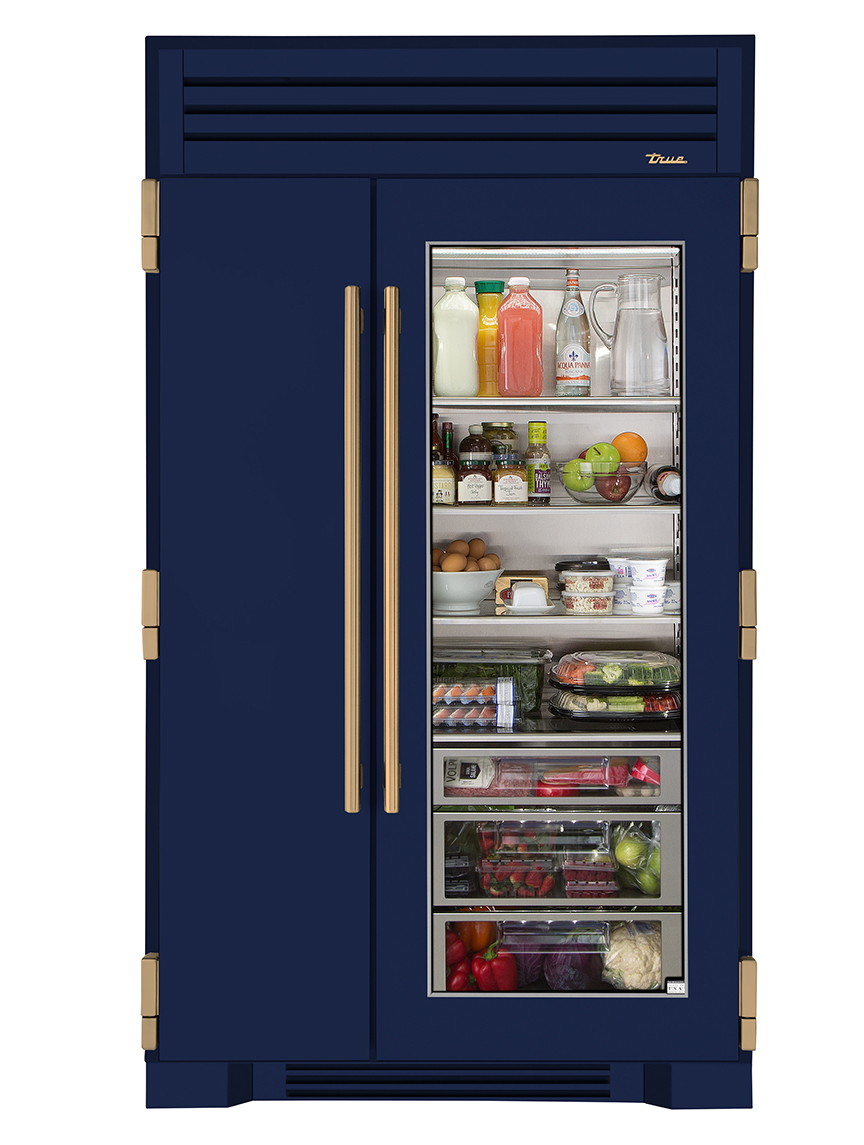
As the president of a firm that has developed more than $1.3 billion of property on the Cayman Islands, Jackie Doak has been instrumental in the region’s progress.
By Kelly Potts
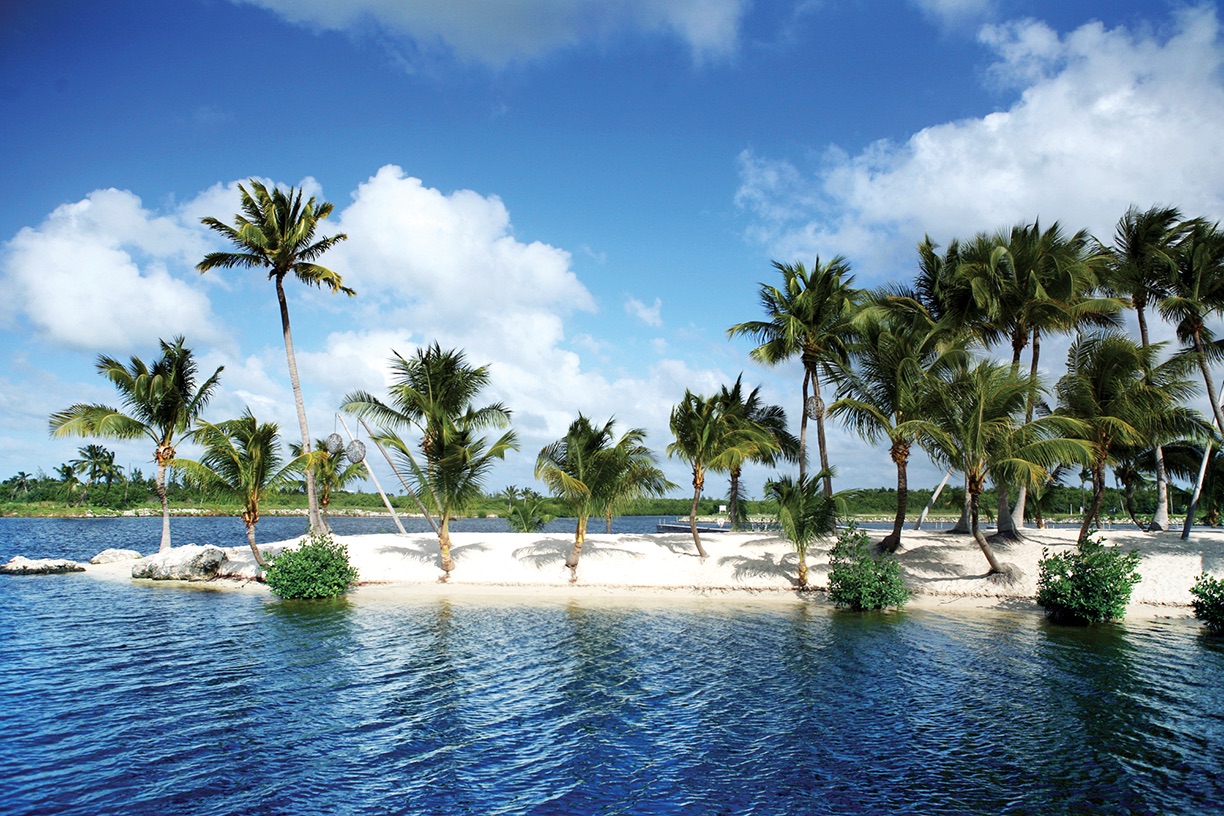
Jackie Doak traveled what she calls a “very wandering path” that led to her becoming the President of Dart Real Estate, a Cayman Islands investment, development and management company. Doak has been with the company since its flagship development, Camana Bay — a 650-acre commercial and residential master-planned New Urbanist town — and has helped the company break barriers on the island ever since.
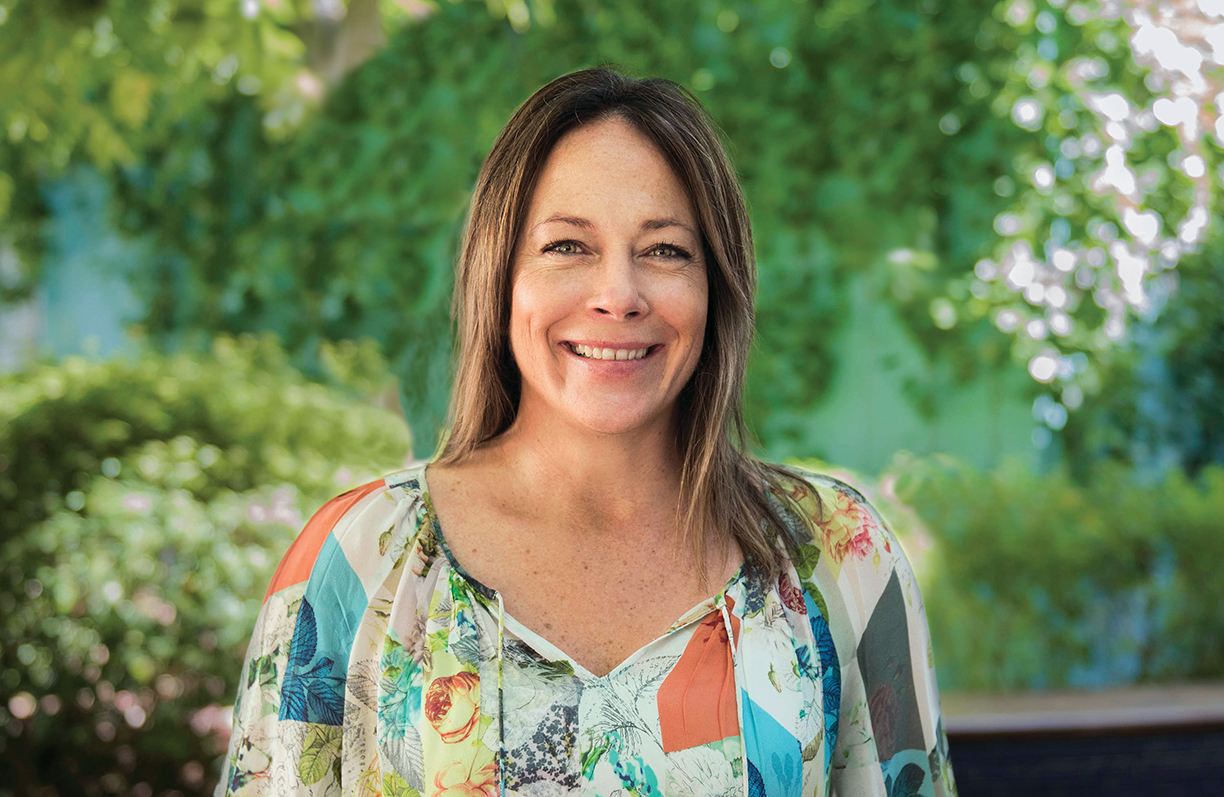
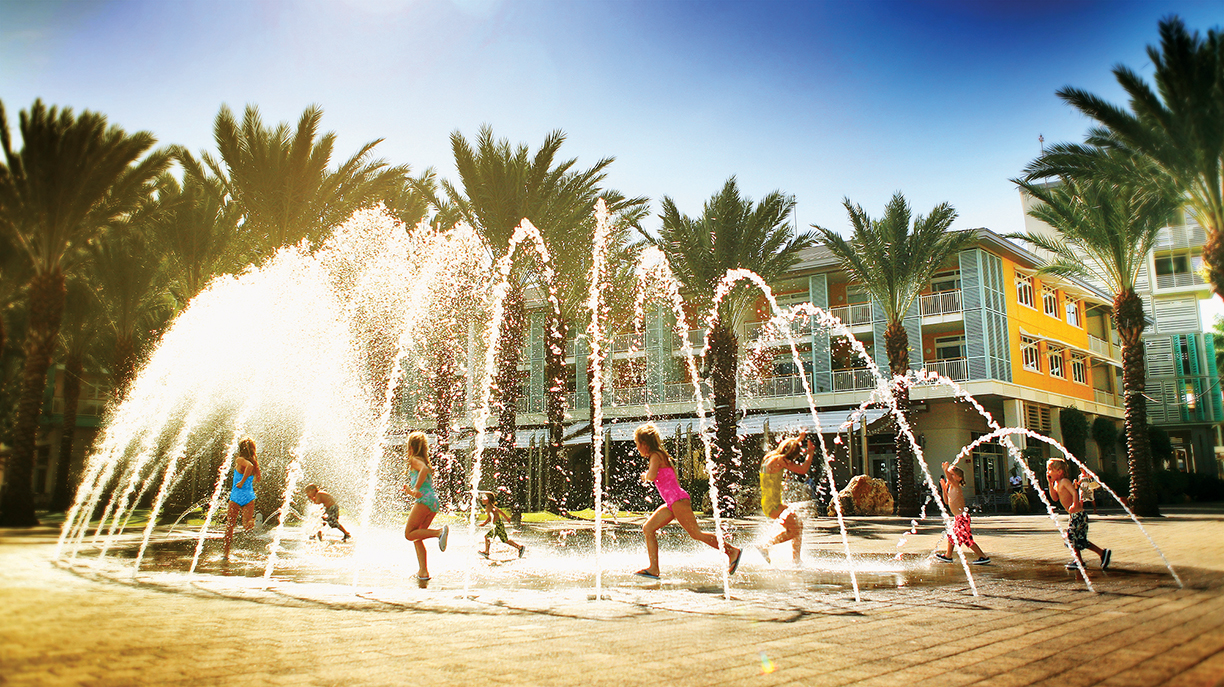
What are some major developments you’ve worked on with Dart Real Estate?
I worked on Camana Bay from its teaser, to announcing that it was open, to now celebrating our 10-year anniversary. Building a town in itself was a great experience, but hospitality and the way people feel is part of my DNA. I was part of the creative, collaborative design team of Kimpton Seafire Resort + Spa, and I also had the benefit of working on the Cayman Islands Yacht Club, which we acquired in 2011.
What was the design process like for Kimpton Seafire Resort + Spa?
Kimpton was the first new resort in the Grand Cayman in 10 years; we’d been fairly static as a tourist destination since 2005. We acquired the land that Kimpton is on in 2011 and spent a year master-planning going up five additional stories on the existing structures and adding additional buildings on the site. Although there was value in building up, we realized that if we demolished the hotel and started fresh, we’d have a much better product. We’re very proud of the decisions we’ve made and innovation is one of our values. Interior Designer Martyn Lawrence Bullard has the perfect personality for the residences at Seafire, which will be finished later this year for occupancy.
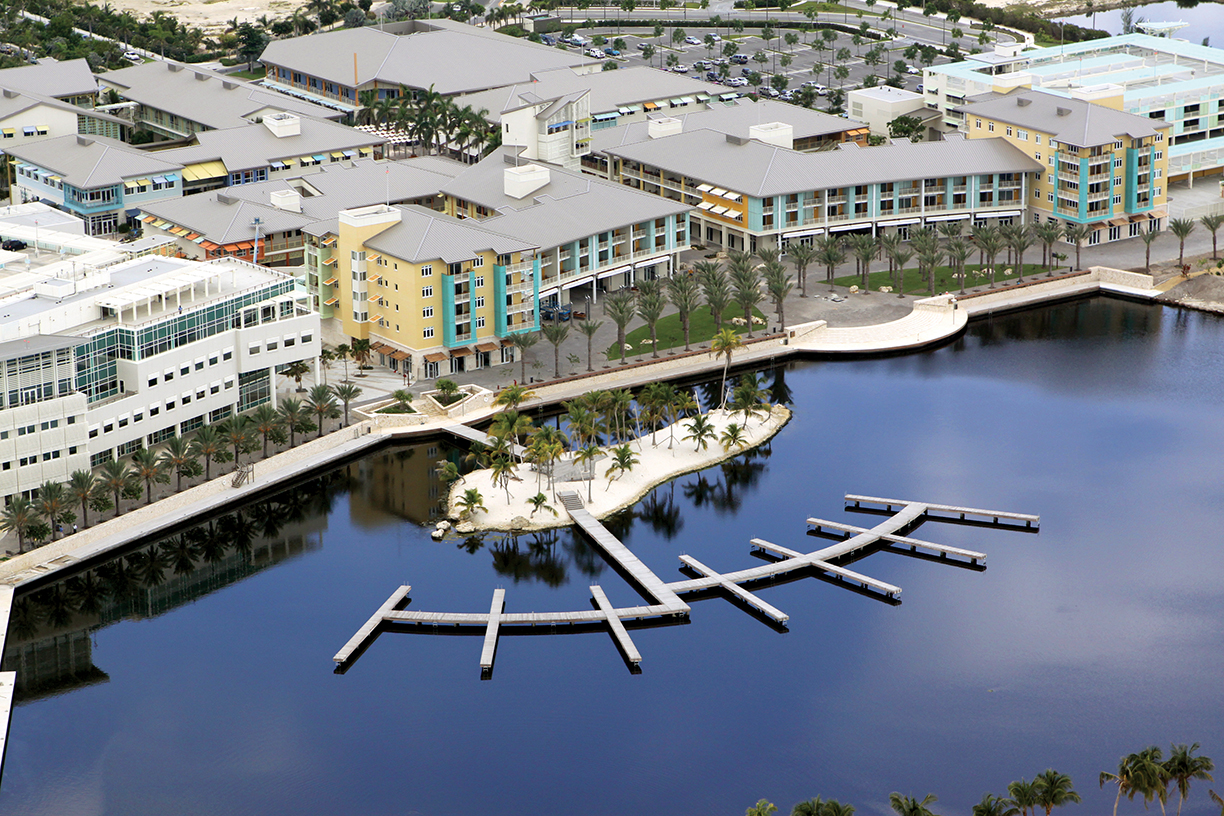
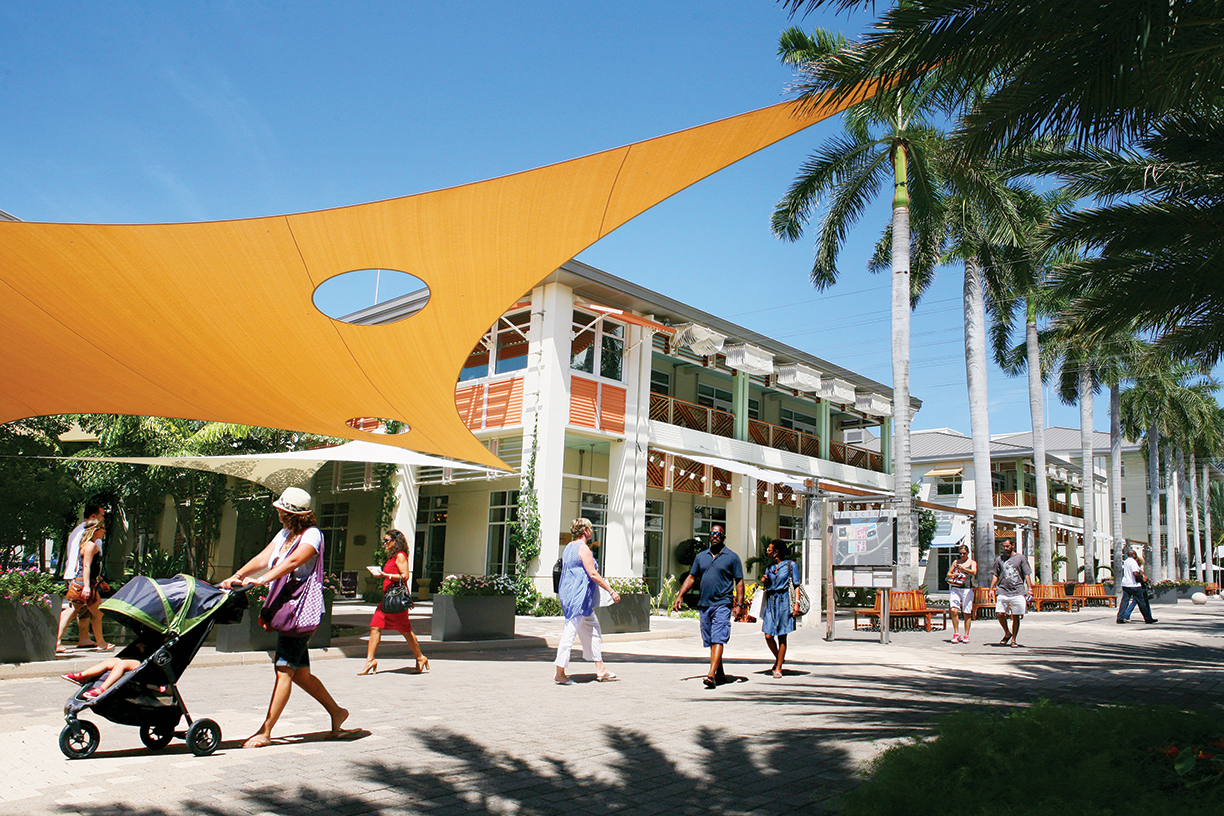
What do you hope that guests or residents of your developments will experience during their stay?
When I travel with my family, I come back with moments that really resound with me. And that, to me, is what I would like our visitors or customers to take away — meaningful moments that impact their life. It’s great to come to Camana Bay and buy a beautiful dress, but it’s more impactful where you went in that dress and what you experienced. We also want to create and capitalize on the infrastructure of the Cayman Islands. We surprise and delight many who come here for business, and we want to supplement that.
Location photos courtesy Camana Bay
Can you tell me about the placemaking approach used in your projects?
We really say that greater than the sum of our parts is our design excellence. If you don’t think about the experience of your customers or clients as they move through a property, as they park their car or as they walk around, you can be very functional, but not successful in making an impact. We focus on places that inspire you to live your best life. We take into consideration where the breeze comes from, how the sun moves over the property and how landscaping and water and shading will cool areas. We strive to make a place as inspiring as we can to promote health, activity and wellbeing.
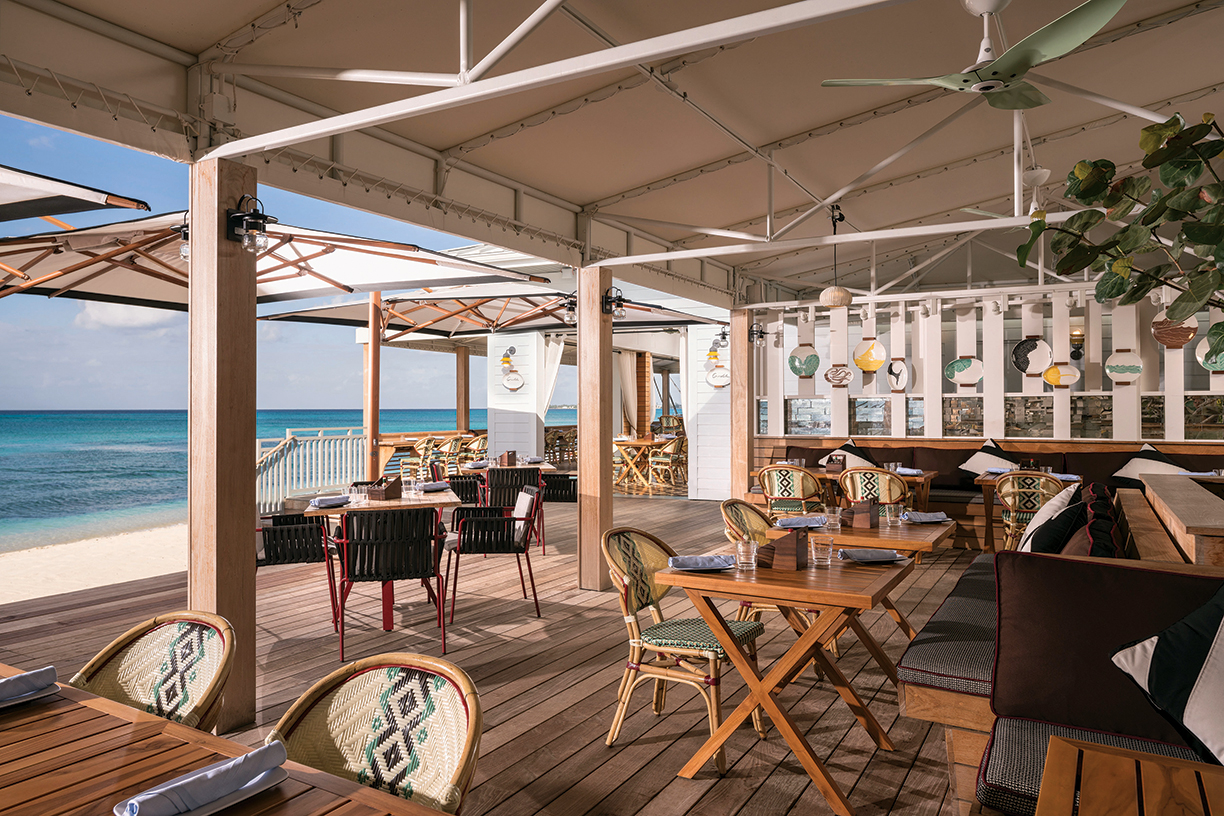
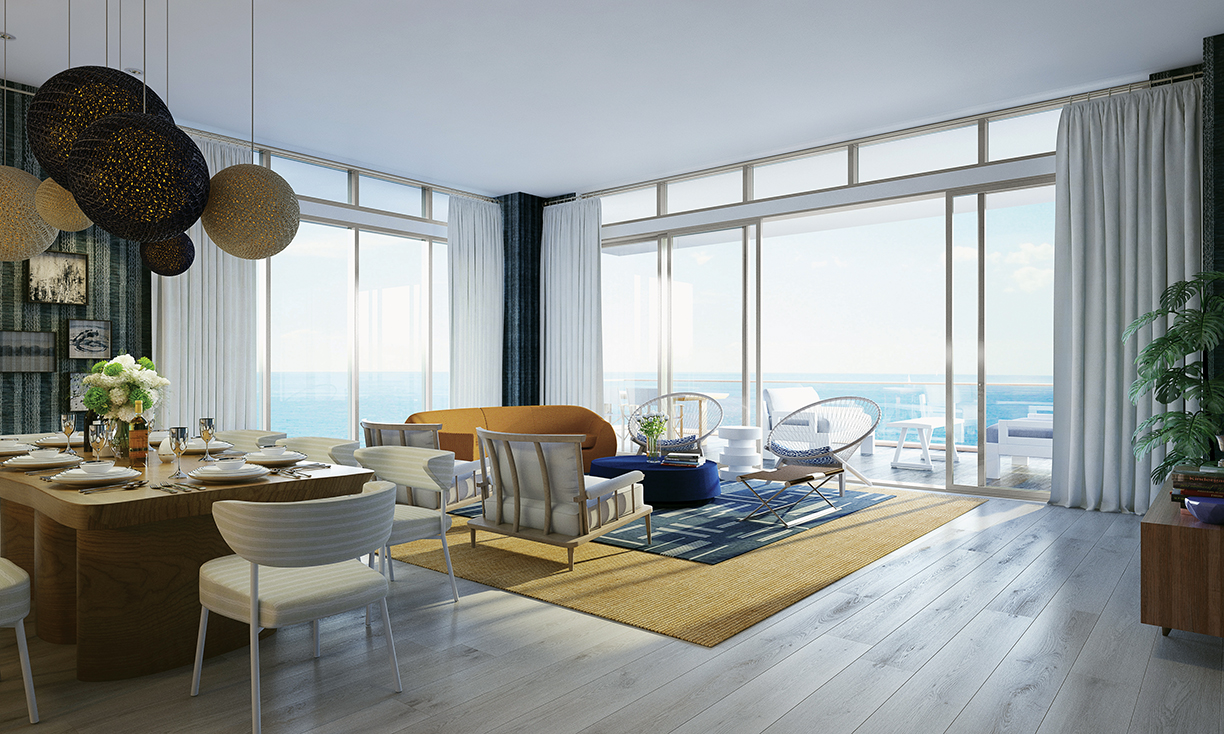
Does Dart Real Estate have any exciting plans or projects coming up?
We recently completed a three-day workshop for Camana Bay in regards to a new commercial office building, a supermarket and doubling the capacity of the school. We’re going to have a very busy development cycle over the next few years, as we are also working on a 5-star resort in the Cayman Islands, where we have the opportunity to create multi-generational experiences including things like a lazy river and slide, kayaking, ziplining and a museum. We’re also talking about Phase Two of the Kimpton Residences, with 17 of 62 residences already pre-sold. The sales velocity has been very rapid, so we’re looking at creating an additional tower of residences at Kimpton Seafire.
What is your favorite aspect of being President of Dart Real Estate?
It’s great being president of an amazing company, but I was also the first female president of Dart. No day is the same and that’s what thrills me about working with this company. We have a very diverse group of individuals with many different life and education experiences, and we have a visionary and amazing shareholder in Mr. Dart. Being able to be a part of this company and inspire future generations is what makes it more than a job; every day I’m given the opportunity to leave an impact in the Cayman Islands.
Photo courtesy the Residences at Seafire/Dart Real Estate
